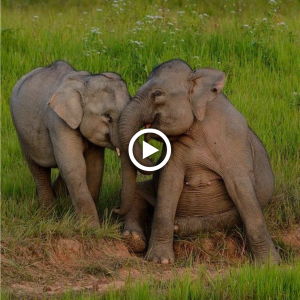Safety Reminder: Stay Safe in Your Vehicle While an Agitated Elephant Roams South Africa.
In South Africa, amidst the breathtaking landscapes and diverse wildlife, there’s an important safety reminder for travelers: always prioritize safety, especially when encountering agitated wildlife. Recently, a situation arose involving a distressed elephant in South Africa, emphasizing the need for caution and vigilance, particularly when traveling through areas inhabited by wild animals.
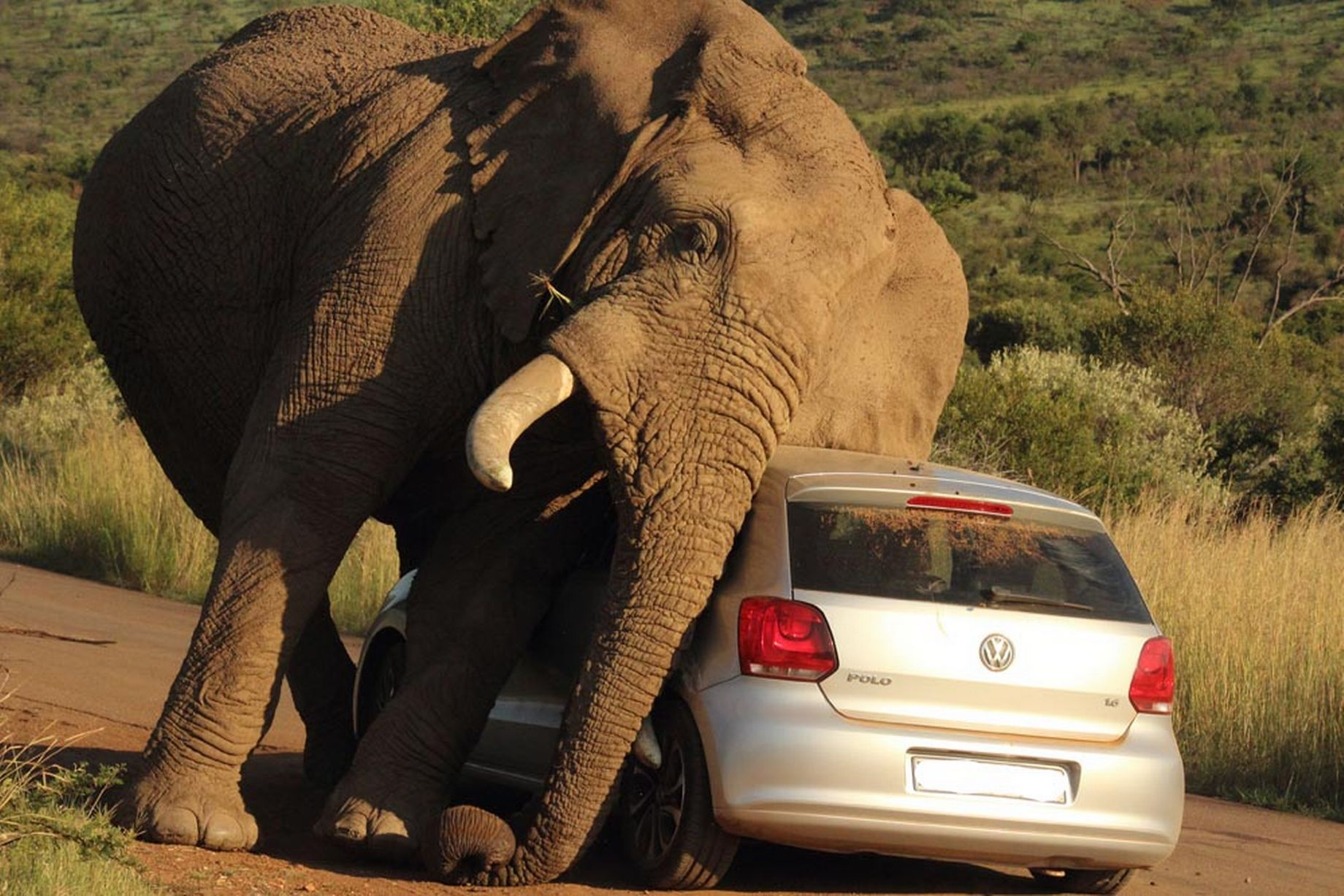
The incident occurred when a newly arrived elephant in South Africa’s wildlife reserve showed signs of agitation. While the exact cause of the elephant’s distress remains unclear, it serves as a stark reminder of the unpredictable nature of wild animals and the importance of maintaining a safe distance when observing them.
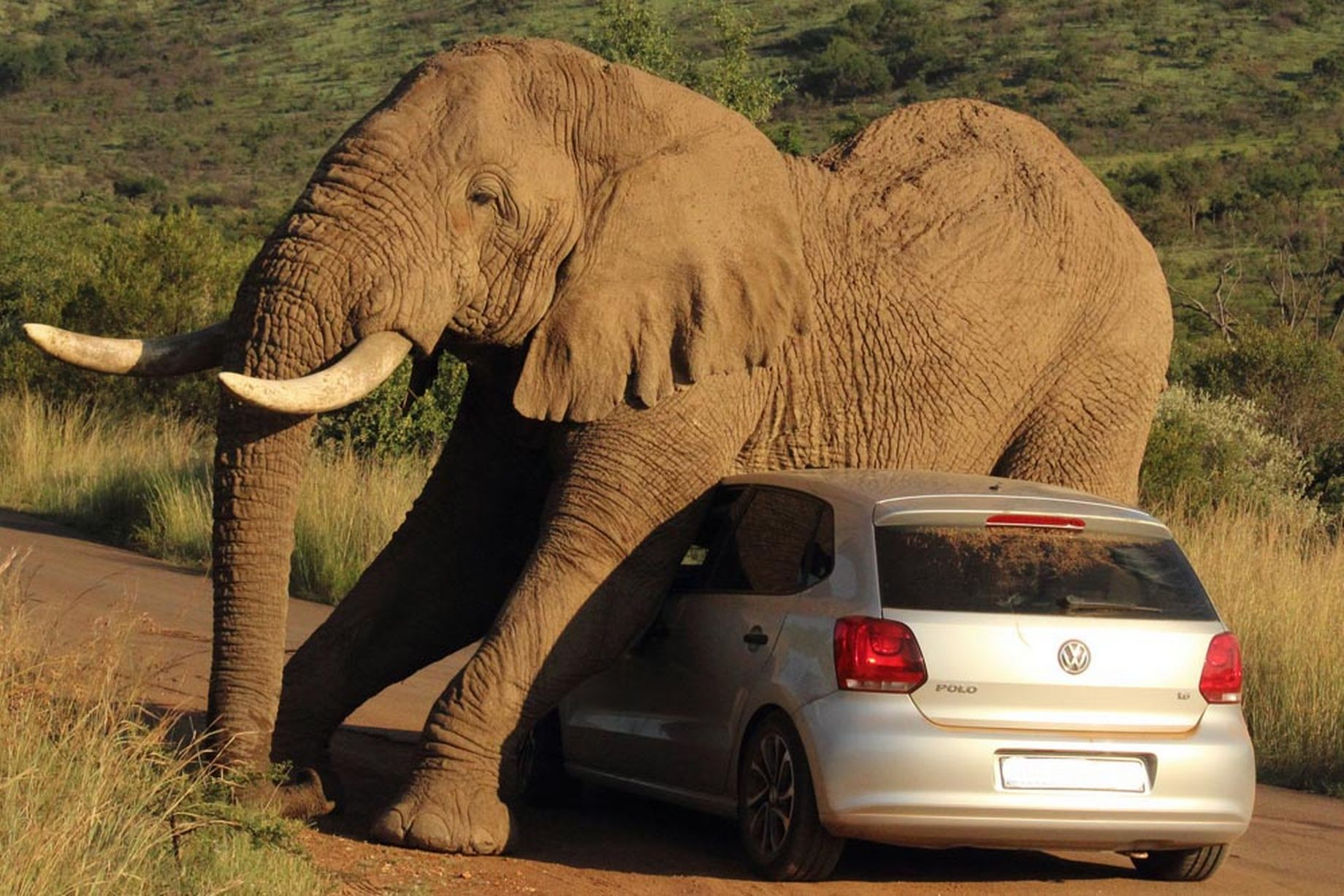
In such situations, it’s crucial for travelers to prioritize their safety and the safety of others, especially when inside a vehicle. Elephants, despite their majestic appearance, can become agitated or defensive, particularly if they feel threatened or cornered. As such, it’s essential to remain calm, avoid sudden movements, and refrain from provoking or antagonizing the animal.
When encountering wildlife from the safety of a vehicle, it’s important to adhere to certain guidelines to ensure a safe and respectful interaction. These include:
Keep a safe distance: Maintain a safe distance from wildlife at all times, especially if they appear agitated or distressed. Respect their space andaoid approaching too closely.
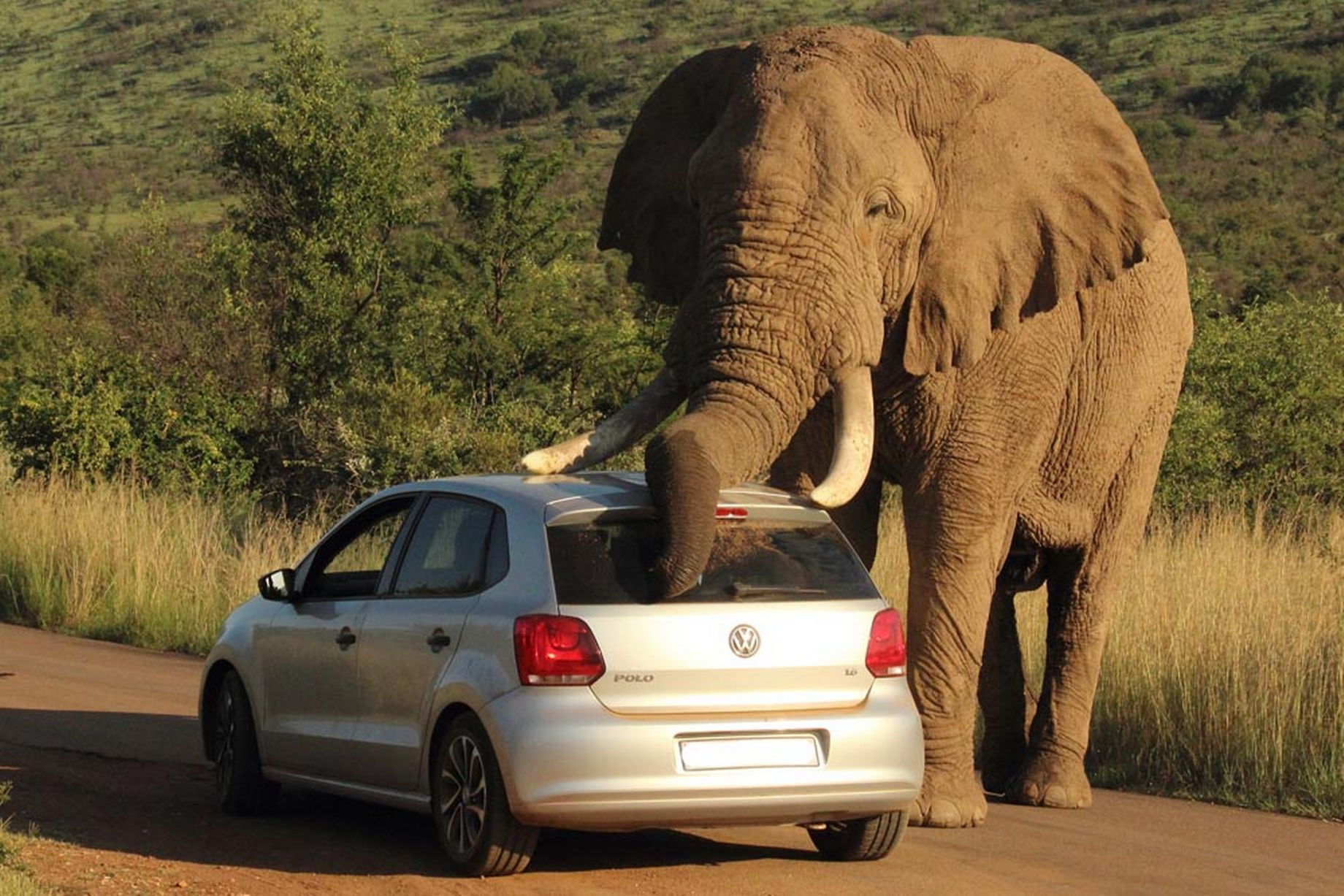
Observe quietly: Enjoy the beauty of wildlife from a distance without causing undue disturbance. Keep noise levels to a minimum and refrain from making sudden movements or loud noises that could startle the animals.
Stay inside your vehicle: If you encounter wildlife while driving through a reserve or national park, remain inside your vehicle at all times. This provides a barrier of safety between you and the animals and reduces the risk of potential harm.
Follow park regulations: Familiarize yourself with the rules and regulations of the wildlife reserve or national park you’re visiting. These guidelines are in place to protect both visitors and wildlife and should be followed at all times.
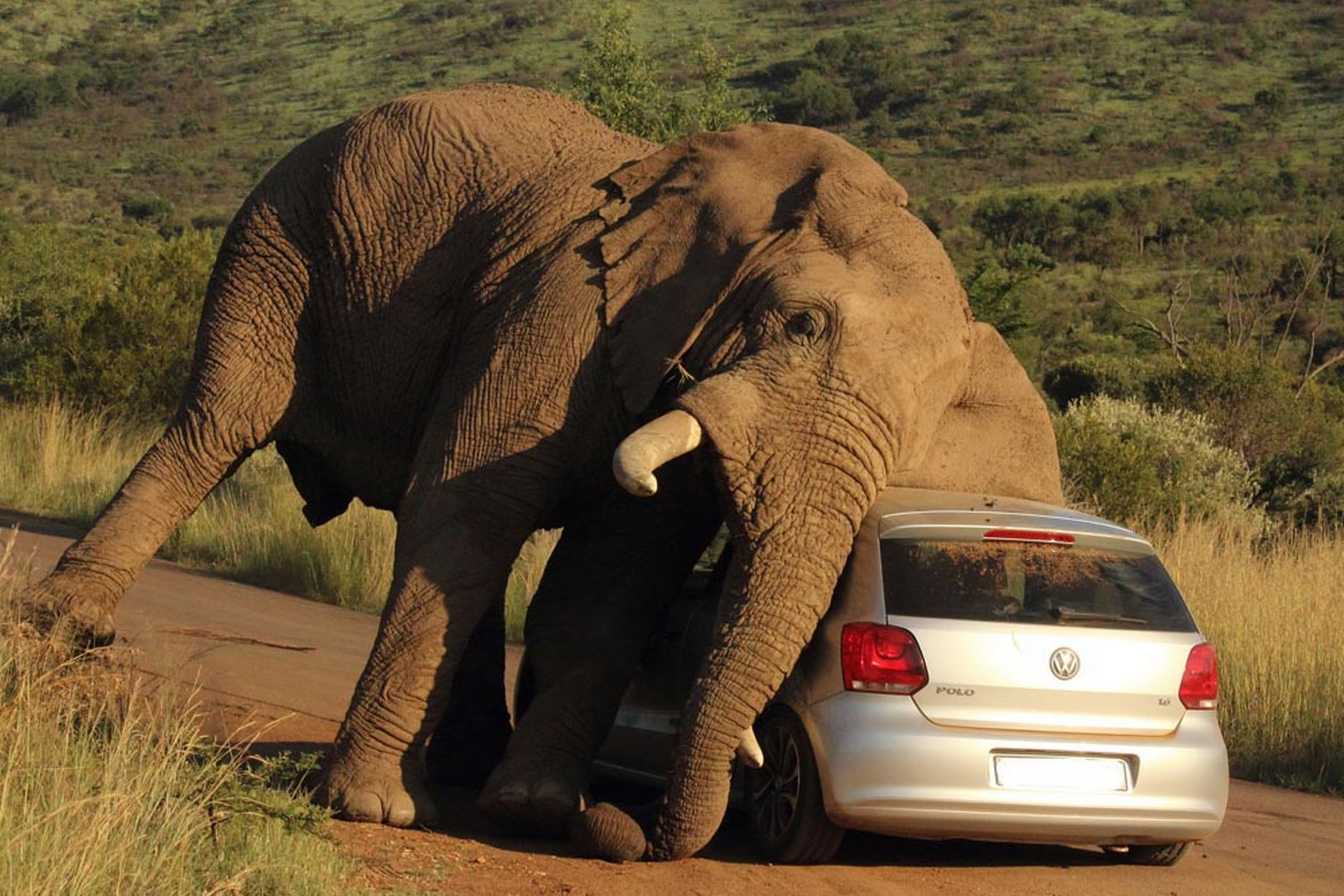
Remain vigilant: Keep a lookout for signs of agitation or distress in wildlife and be prepared to react accordingly. If an animal exhibits aggressive behavior or approaches your vehicle, slowly and calmly drive away to a safe distance.
By following these safety precautions and exercising caution when encountering wildlife, travelers can enjoy memorable and enriching experiences while minimizing the risk of potential hazards. Ultimately, the well-being of both humans and animals depends on mutual respect and responsible behavior in their natural habitats.
